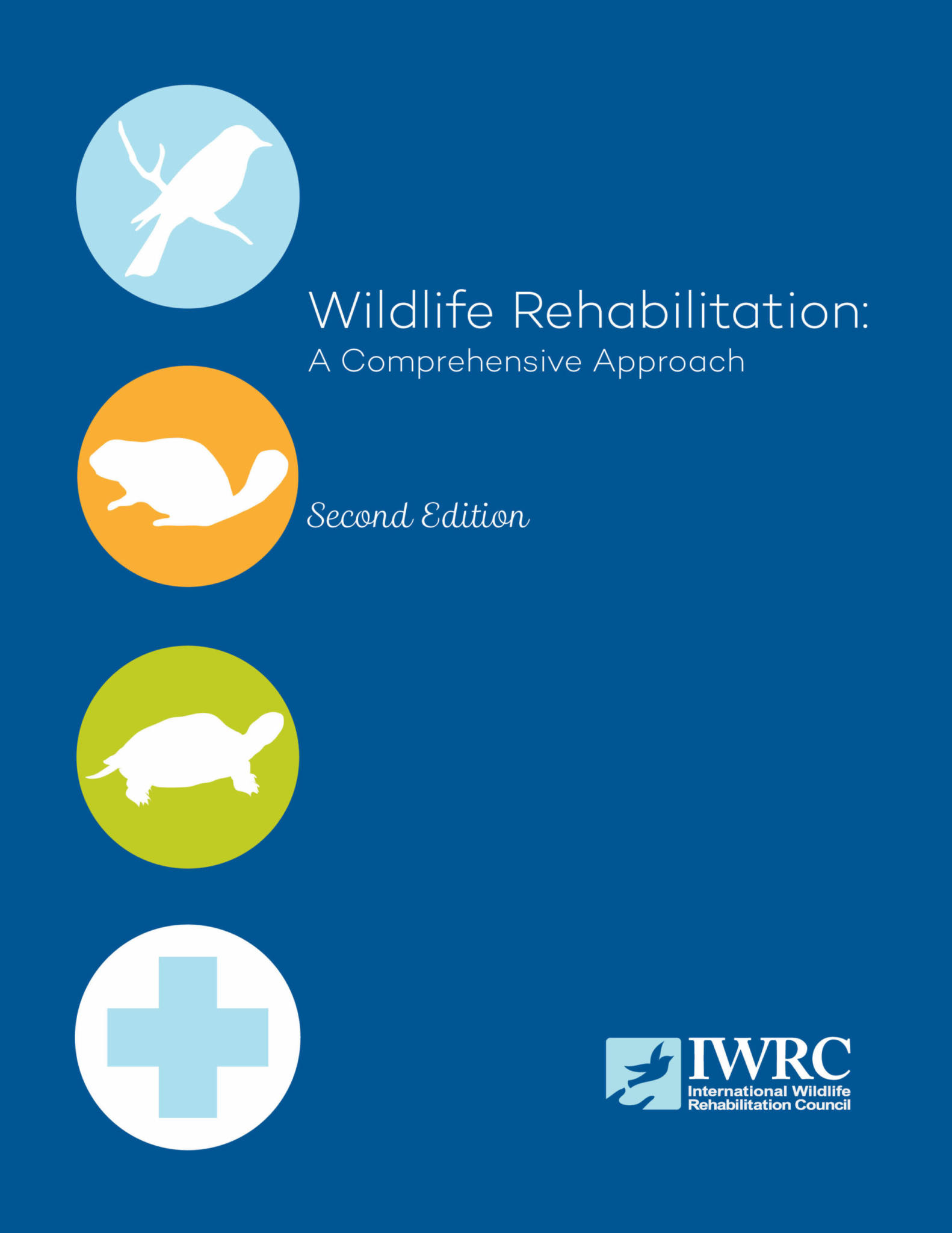Winterwatch: A Comprehensive Guide To Winter Wildlife

Table of Contents
Winter Animal Adaptations: Surviving the Cold
Winter presents significant challenges for wildlife. To survive, animals have evolved remarkable adaptations to cope with freezing temperatures, reduced food availability, and increased predation risk.
Insulation and Body Temperature Regulation
Maintaining body temperature (thermoregulation) is crucial for winter survival. Animals employ various strategies for insulation, including:
- Fur and feathers: Thick fur coats, like those of arctic foxes and snowshoe hares, provide excellent insulation, trapping warm air close to the body. Similarly, birds rely on dense plumage to withstand frigid temperatures.
- Blubber: Marine mammals such as seals and whales possess thick layers of blubber, a fatty tissue that acts as a highly effective insulator.
- Behavioral adaptations: Many animals employ behavioral strategies to conserve heat. Huddling together, for example, allows multiple animals to share body heat and reduce individual energy expenditure. Hibernation, a state of dormancy characterized by slowed metabolism and reduced body temperature, is another effective strategy used by bears, groundhogs, and other mammals to survive periods of food scarcity. Some animals enter torpor, a shorter period of dormancy.
Food Sources and Foraging Strategies
The scarcity of food in winter forces animals to adapt their diets and foraging techniques. Some common strategies include:
- Migration: Many bird species migrate to warmer climates during winter to access abundant food sources. Geese, ducks, and many songbirds undertake incredible journeys to escape the harsh winter conditions.
- Caching: Squirrels, chipmunks, and other rodents are skilled at caching food – storing nuts, seeds, and other items for later consumption. This allows them to access food reserves throughout the winter months.
- Scavenging: Animals such as foxes and ravens rely on scavenging carrion and leftover food to supplement their diets during the lean winter months. They play a crucial role in the ecosystem by cleaning up and recycling nutrients.
- Dietary shifts: Some animals adapt their diets to available resources. Deer, for example, might switch from browsing on leaves to foraging on twigs and bark in winter.
Camouflage and Predation
Winter presents increased challenges for both predator and prey. Camouflage plays a vital role in survival:
- Winter camouflage: Many animals develop seasonal camouflage to blend in with their snowy surroundings. The arctic hare's white winter coat, for example, provides excellent camouflage against the snow. Similarly, the snowy owl's plumage allows it to stalk prey undetected.
- Predator-prey relationships: The dynamics of predator-prey relationships shift during winter. Predators must adapt their hunting strategies to find scarce prey, while prey animals must develop heightened vigilance and avoidance behaviors.
Where to Spot Winter Wildlife: Top Locations for Winterwatch
Planning a winterwatch expedition? Here are some prime locations for observing winter wildlife:
National Parks and Wildlife Refuges
Many national parks and wildlife refuges offer exceptional opportunities for winter wildlife viewing. Consider visiting:
- Yellowstone National Park (USA): Observe bison, elk, wolves, and other magnificent creatures in their winter habitat.
- Everglades National Park (USA): Witness the unique adaptations of wildlife in this subtropical wetland.
- Banff National Park (Canada): A stunning landscape where you can encounter elk, deer, and various bird species.
Tips for planning a winter wildlife viewing trip:
- Dress warmly in layers.
- Bring binoculars and a spotting scope.
- Research the park's winter conditions and accessibility.
- Check for ranger-led programs and guided tours.
Local Parks and Nature Reserves
Don't underestimate the wildlife viewing opportunities in your own backyard! Local parks and nature reserves often harbor surprising biodiversity, even in winter.
- Urban wildlife: Look for birds at feeders, squirrels foraging for nuts, and perhaps even foxes or coyotes.
- Suburban environments: Explore local nature trails and observe birds, rabbits, and other animals adapting to winter conditions.
Ethical Winter Wildlife Observation
Responsible winter wildlife viewing is paramount for the well-being of animals and their habitats.
Maintaining a Safe Distance
Always maintain a respectful distance from wildlife. Avoid approaching animals, especially during sensitive periods like breeding or raising young. Using binoculars or a spotting scope allows you to observe animals without disturbing them.
Avoiding Disturbances
Human disturbances can stress animals, impacting their foraging, breeding, and overall survival. Avoid making loud noises, using bright lights, or approaching nests or dens.
Leave No Trace Principles
Follow Leave No Trace principles: pack out everything you pack in, stay on marked trails, and minimize your impact on the environment.
Conclusion
Winterwatch offers a unique opportunity to witness the resilience and adaptability of wildlife in the face of harsh conditions. By understanding their remarkable survival strategies and observing them responsibly, we can deepen our appreciation for the natural world. Remember to plan your winter wildlife viewing expeditions carefully, prioritizing ethical observation and supporting conservation efforts. Start your own winterwatch adventure today! Learn more about winter wildlife and how you can contribute to their protection. Enjoy your winterwatch and help preserve these incredible creatures and their habitats for future generations.

Featured Posts
-
 Qatar Gift Plane Trumps Justification Sparks Debate
May 13, 2025
Qatar Gift Plane Trumps Justification Sparks Debate
May 13, 2025 -
 Fizika I Khimiya V Detskom Sadu Novye Gosudarstvennye Standarty
May 13, 2025
Fizika I Khimiya V Detskom Sadu Novye Gosudarstvennye Standarty
May 13, 2025 -
 Authentic Greek Cuisine Arrives In Portola Valley New Taverna Opens
May 13, 2025
Authentic Greek Cuisine Arrives In Portola Valley New Taverna Opens
May 13, 2025 -
 Islanders Win Nhl Draft Lottery Analysis And Implications
May 13, 2025
Islanders Win Nhl Draft Lottery Analysis And Implications
May 13, 2025 -
 Anthonius Ayorbaba Persipura Butuh Dukungan Masyarakat Papua
May 13, 2025
Anthonius Ayorbaba Persipura Butuh Dukungan Masyarakat Papua
May 13, 2025
